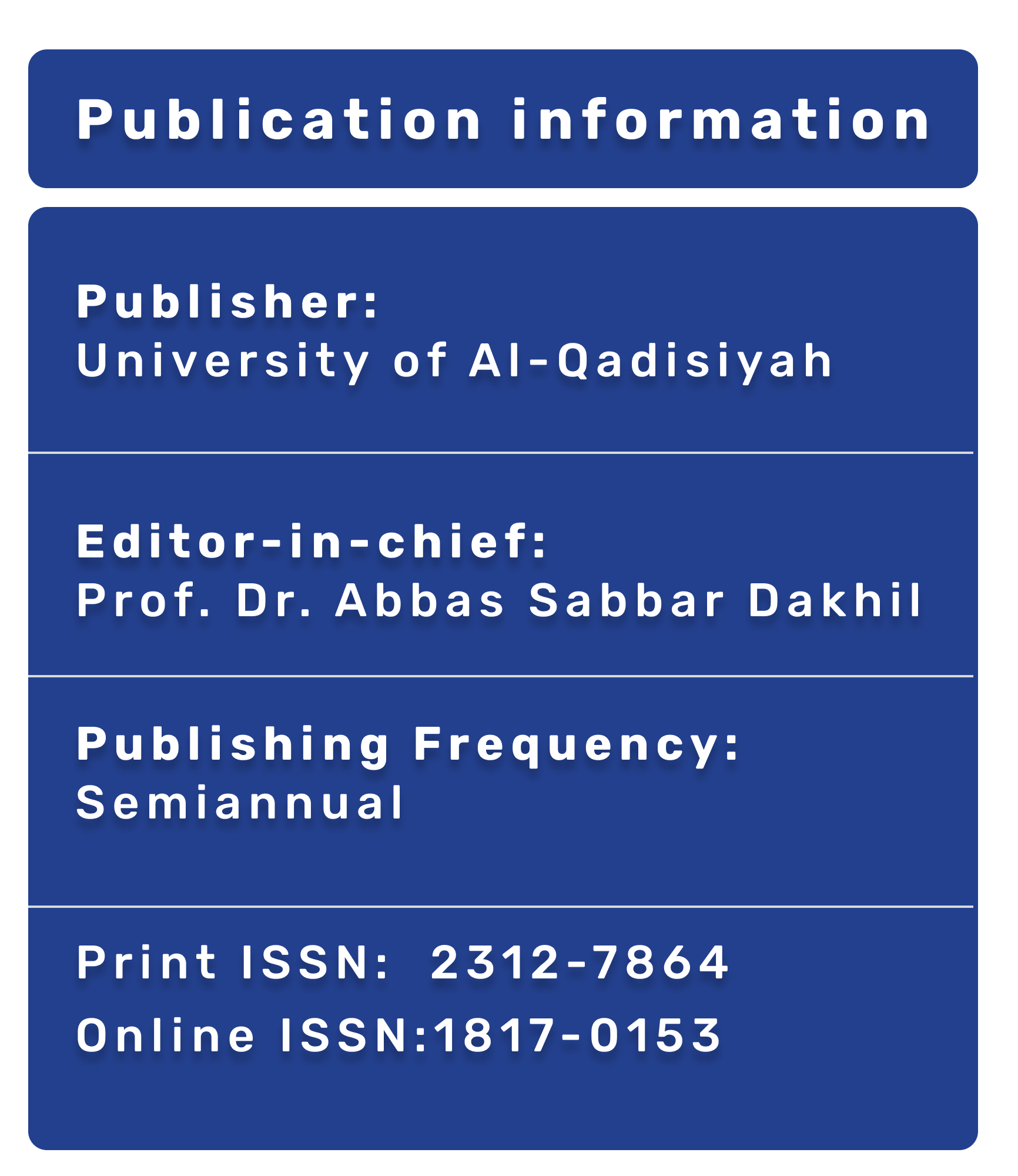Detection and Characterization of hly,cdtI and stxI genes, in MDR uropathogenic and intestinal E.coli isolates, Hilla city, Iraq.
DOI:
https://doi.org/10.28922/qmj.2023.19.1.24-30Keywords:
Escherichia coli, stxI, cdtI, hlyAbstract
Background:. Escherichia coli infections represent a considerable burden in human. Illness caused by E. coli have a significant burden on patients and the healthcare system, so prompt recognition, and appropriate treatment are necessary. Escherichia coli is the first bacterial pathogen in humans responsible for deaths associated with antibiotic resistance
Aim of study: detection of hly, cdtI and stxI genes through molecular analysis in MDR E.coli isolates.
Methods: From November 2021 to May 2022, atotal of 150 urine samples were collected from patients suffering from urinary tract infections were admitted and visit Maternity and Children Babylon Hospital in Al-Hilla city. 100 stool samples were (as control). The identification and antibiotic susceptibility profile of E.coli were done by vitek2 compact system.The isolates were subjected to PCR assays with specific primers for hly , cdtI and stxI .
Results: Only 50(45.5%) E.coli isolates were recovered from the urine samples. In contrast, 60(60%) E.coli isolates from the stool samples. A high rate of MDR was detected among E. coli isolates, where it was( 60%) and (53.3%) in the uropathogenic and intestinal isolates, respectively.
The PCR results were showed that MDR uropathogenic E. coli and intestinal E.coli were hardbourd hly gene (46.7%)and (90.6%), respectively. The cdtI gene was detected in (43.4%) of uropathogenic E. coli, and (40.6%) of intestinal E.coli. The stx gene was detected in (16.7%) of uropathogenic E. coli, and (43.7%) of intestinal E.coli.
Conclusion: The presence of a high percentage of toxin in intestinal E.coli is a serious warning because of the possibility of their becoming virulent if the bacteria change their natural habitat or are exposed to a certain stress.








